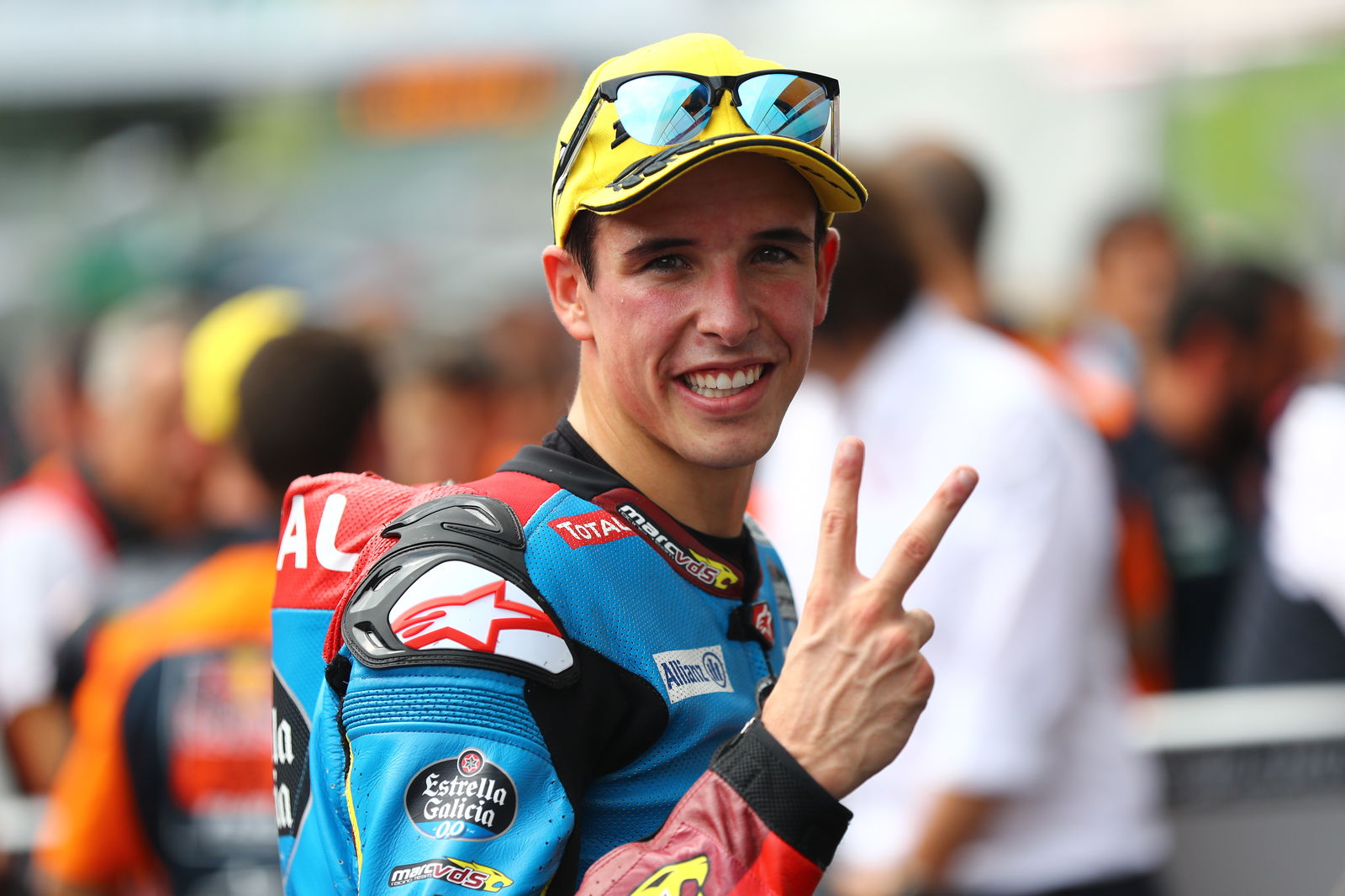Is Fabio Quartararo the problem to Valentino Rossi’s solution?
Will Maverick Vinales and Fabio Quartararo's success make Yamaha think twice about Valentino Rossi's bike demands for 2020 MotoGP?

Though it wasn’t the victory that would have capped off a remarkable rookie season, Fabio Quartararo’s seventh podium of the year in Valencia was enough to lift him into the overall top five and stay clear of factory rider Valentino Rossi.
Aside from Marc Marquez’s relentless romp to a sixth premier class world title, Quartararo’s emergence on the Petronas SRT Yamaha has arguably been the ‘story of the season’, the Frenchman overcoming an indifferent record in the lower classes to flourish on the main stage.
Starting from his sixth pole position of the season in Spain, Quartararo led early on but was reeled in by a rampant Marquez. Nonetheless, second place means he ascends past Danilo Petrucci into fifth overall, 18 points clear of Rossi and 19 points shy of third place Maverick Vinales.
Rossi ended his season with a distant eighth – 21secs behind Quartararo – with the same complaints that have dogged his year regarding a lack of power and tyre consistency.
“It’s a difficult race because unfortunately I was in this situation not for the first time this year and more or less the problem is always the same, I don’t have enough rear grip so I’m not particularly fast,” he said after the race.

Yamaha and the Fabio Quartararo - Valentino Rossi problem
Around circuits that suited his sweet-handling – if underpowered – Yamaha M1, Quartararo has been a thrill to watch. His consistency and race craft have blown many away and at a time when question marks were being raised about whether Vinales has the nous to be a World Championship contender, Quartararo has come to represent Yamaha’s future in the top flight.
A rider that those in the know rated highly prior to MotoGP but hadn’t quite had the machinery to prove as such in other formulas, it’s hard to believe he wasn’t even Petronas SRT’s first choice now, or - as the man himself puts it - deserving.
“In 2018 a lot of people told me I didn’t deserve the seat in MotoGP and that I was not ready or it was too early,” Quartararo said. “This year I think I proved that I was ready with seven podiums and six pole positions.
By putting faith in a fresh, raw and – you could say – easier to adapt youngster, however, Yamaha has created something of a problem it probably hadn't anticipated - having a precocious satellite rider still rising to his peak and two riders that aren't hitting theirs, consistently at least.
Indeed, while some of his lacklustre race day performances left many scratching their heads, it’s important to note Vinales was generally the quickest Yamaha rider overall as reflected in his third position overall. However, while he has played a crucial role at Yamaha in the last few seasons, his progress has been relatively marginal to Quartararo’s quick strides.
In stark contrast, Rossi couldn’t ride around his evident problems in 2019 and while it wasn’t a ‘bad’ season per se, there was scant evidence of the form that made him such a formidable force during his successful years.
He ends the season with just two podiums – Austin and Argentina towards the start of the year – while seventh is his equal lowest finishing position at the end of a season, matching with his 2011 foray with Ducati.
Whether Rossi’s dip in form is indication of a trend or a low point that will serve to energise the racer in him remains to be seen, but with one rider in his twilight years calling for significant changes to a bike that has worked so well in the hands of Quartararo and two-time race winner Vinales, Yamaha faces the unenviable quandary of keeping its superstar rider happy or looking at the longer-term plan.

